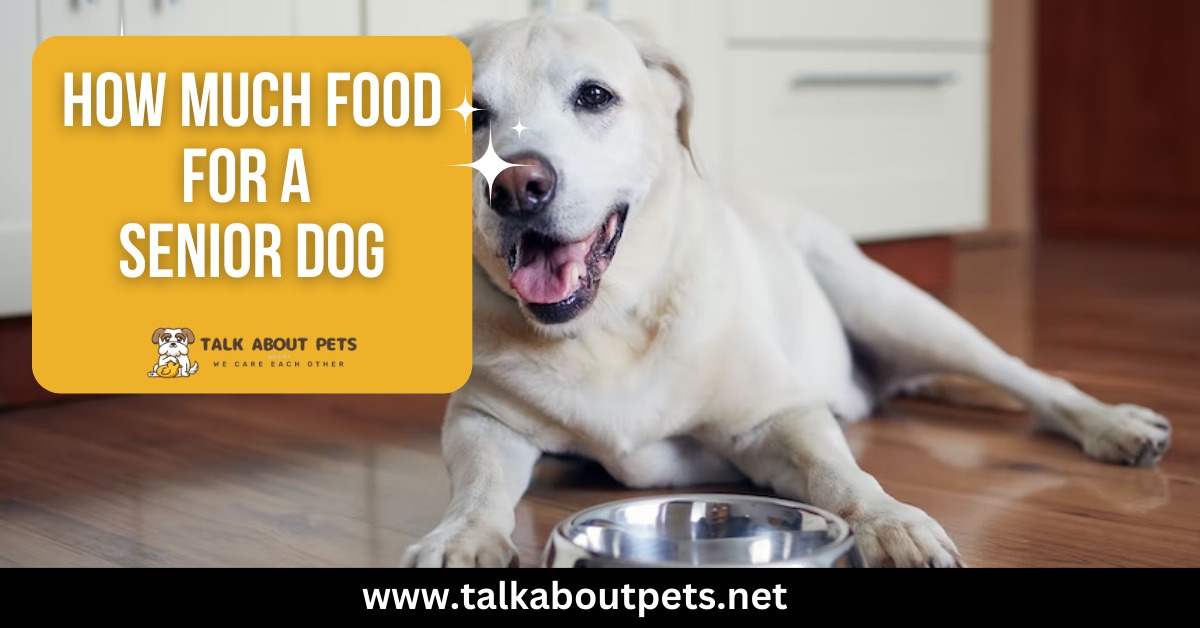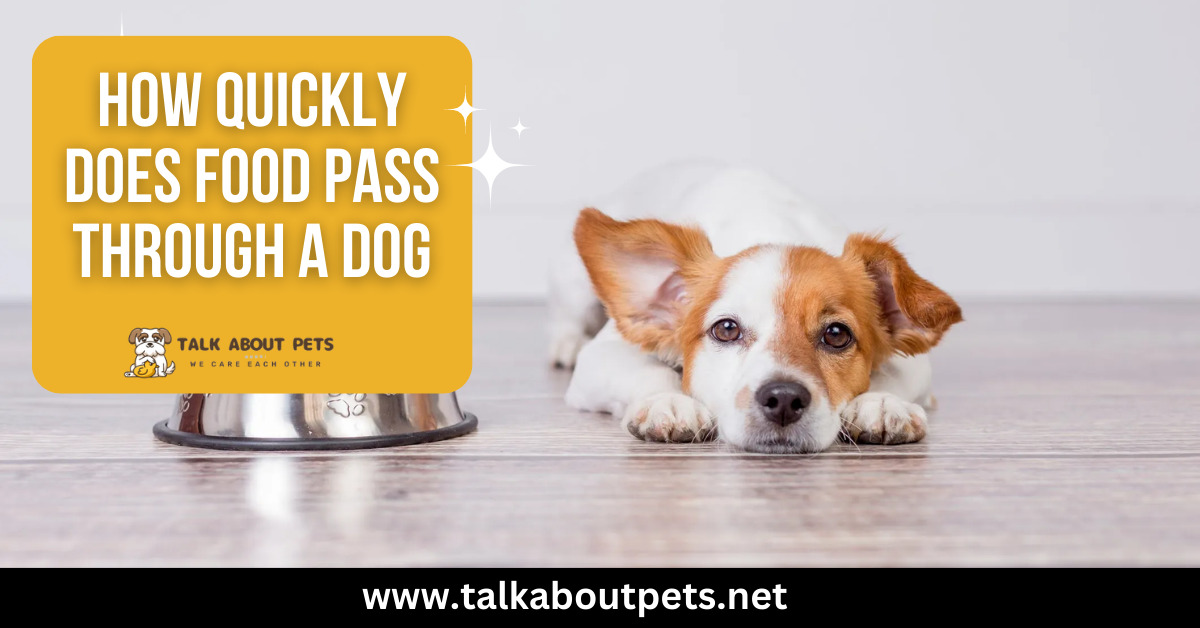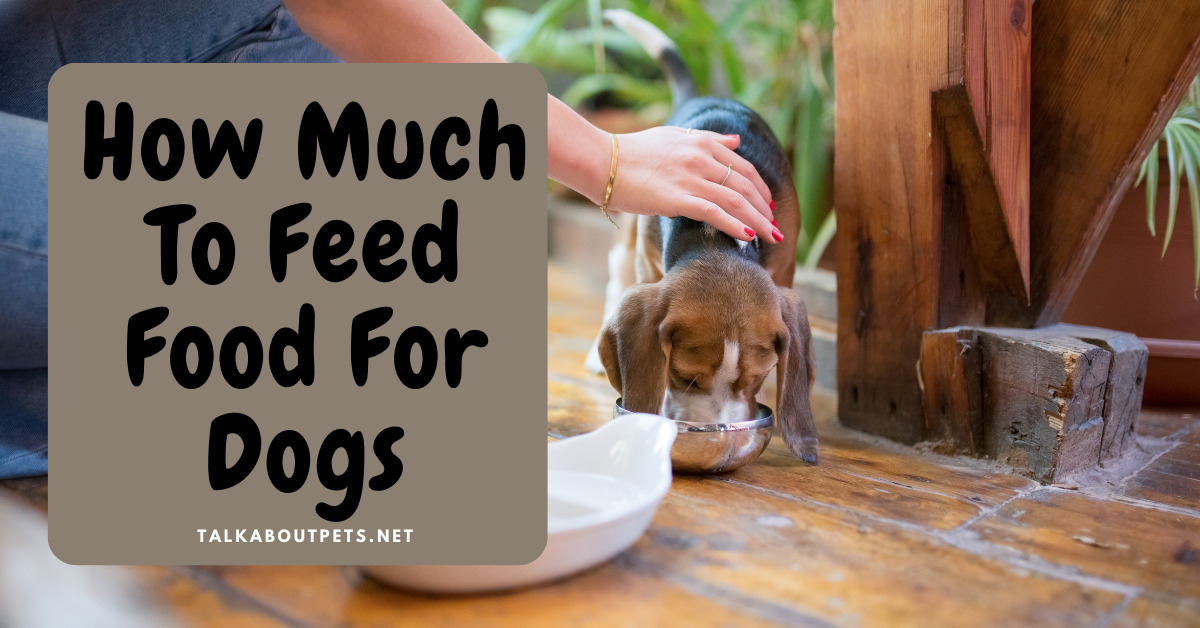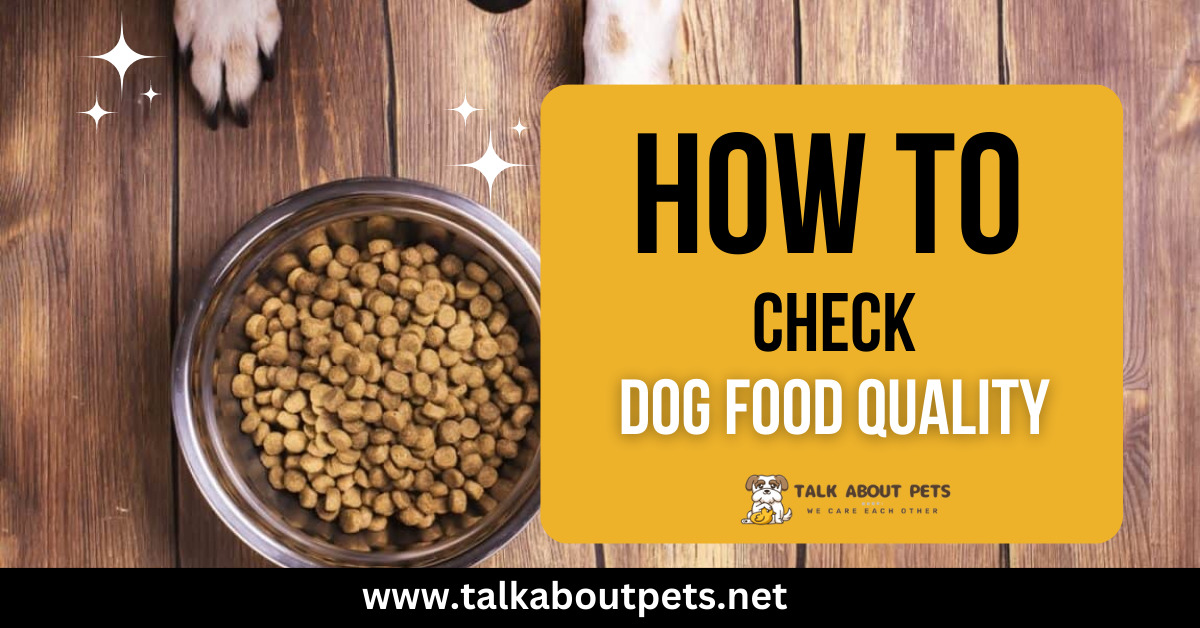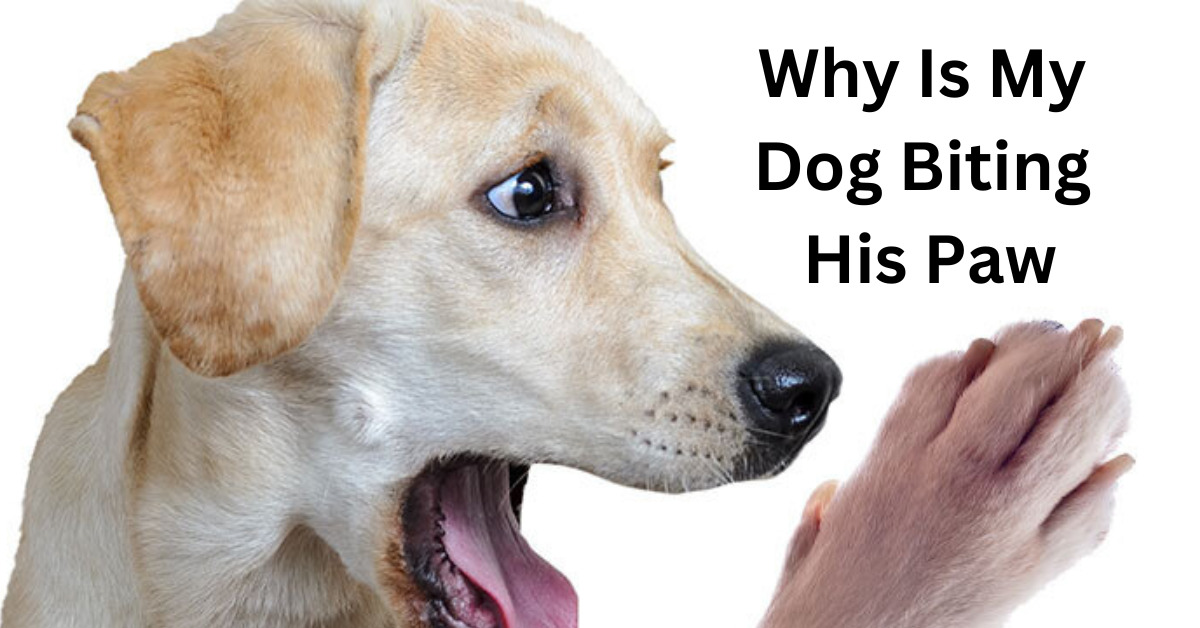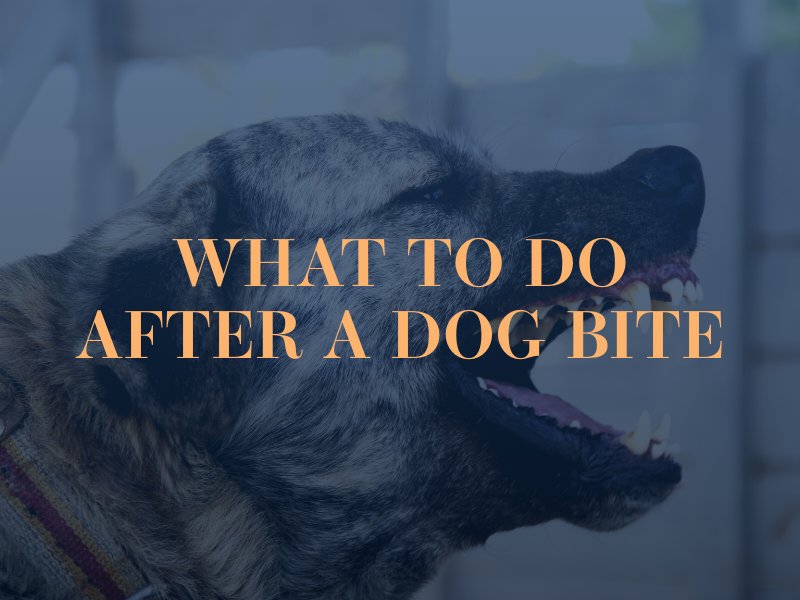For dogs that are 18 months or older, there is a term for senior dog: line back. This means that the dog is past the point where they can easily learn new commands, so only very limited food options are appropriate.
These stateside invaders are usually around four to six years old, with older dogs typically dining on about eight pounds of food per day. This is a good sized food, enough to not break down too quickly, but not too little either.
Not all old dogs get diabetes or kidney failure, so there are no adverse effects from too little food. The only way to fix this is to give him more food ¹!
This article will help you teach your senior dog how to eat on his own, how much food should be and what kind of food he should be eating.
Provide less protein
The senior dog should be taught how to eat on a limited food diet. This means no food other than the one you give him can be socialized with, nor does it mean no exercise or training!
The limited food diet can be a good way to allow the senior dog to learn how to use his body to take in food. It can also help reduce the risk of obesity or nutritional ketosis, which can cause problems such as kidney failure and death.
But there are some things you must keep in mind when teaching your senior dog a limited food diet. The first thing is to make sure you are still giving him enough exercise. He may need more walks on a daily basis to keep his metabolism going. The second is to know what kind of nutrition he needs!
On a daily basis, check for whether or not he is eating enough fruits and vegetables, and try to ensure they are equally distributed throughout the day.
Provide less fat
One of the most common mistakes made when looking after a senior dog is to give him too much fat. Senior dogs can easily overeat fat.
This is particularly true if they have had little exercise or supervision while doing so. Some dogs may even be fussy about their food and not want to eat if it is too much for them.
The trick is to ensure that this dog gets enough food, but that it is cheap food. You can use less expensive foods because you will compensate with the amount of food you give him. Less expensive foods may look healthier than more expensive ones because they may be more likely to meet his needs.
Many places offer low-fat diets as options so that your dog can get enough nutrition.
Offer smaller portions
A middle portion is the right size for a senior dog. Most dogs can handle a bit of everything, but some foods may be better for older dogs than others.
Some foods are better for aging pets than others. For example, some dogs cannot handle the rich, meaty diets that include large amounts of fat and/or protein. These dogs may need a diet with fewer calories and less fat to maintain their health.
If your senior dog has special needs, talk to your vet about designing a diet that meets their needs. Many senior dog food companies offer special diets made for older dogs. Your vet can test your dog’s appetite and whether or not they need this specific diet to determine if it is appropriate for them.
For example, if a senior dog shows no signs of eating or moving well on the day of an event at the hospital, then they would need a diet that has enough calories to maintain strength and health. If the vet found that this specific diet was needed, then it would make sure that the dog had enough energy to participate in what was happening.
Offer multiple meals
If your dog is eating a normal amount of food, offer a second meal or two after the first one is finished. This is called re-feeding or giving another piece of food at the same time.
Some seniors may not like to eat their food whole and may prefer the half cups or quarters of dog food you are offering. If this is the case, then have it cut into smaller portions so it is easier for the dog to eat.
By offering two meals at a time, your dog will be more comfortable and able to sleep better at night, because they will be tired from eating both meals. By having two meals offered per day, you are saving money on food compared to just one per day!
Having two meals gives your dog more energy to consume which helps them feel better and sleep better.
Ask your vet for advice
There is a difference between the weight a dog should be and the weight a dog is. For example, Siberian dogs can weigh as much as 18 kg (4.7-6.5 lbs). This is normal, as they are bred for this height.
Most older dogs are not active and need some food frequency. At least once per day is best, but never hungry enough to eat all the food. Also, try to give your dog less food if he is sick or needs less food to keep him alive.
They may have too much nutrition in their food can lead to malnutrition or overfeeding which leads to obesity. Overweight and obese dogs may not get enough nutrition which can lead to serious problems such as osteoarthritis or hydrops, a water retention.
Keep in mind that aging dogs need less energy to move around than younger dogs. Because of this, their energy needs can be reduced even more!
There are two major things that older dogs need to keep tabs on and exercise. The first is making sure they are eating enough, and the second is being active enough.
To help ensure both of these, set up an appointment with your dog’s vet for a checkup. The vet can look at the amount of food you get, how well you eat, and if you are getting enough exercise. You can also do this yourself if you have a good understanding of how to feed, eat, and measure your dog.
At the very least, give him or her a safe volume of food each day so they seem like they are eating enough.
Know that aging dogs tend to eat less because of loss of smell and taste as they get, their years can be a little lonely. If your senior dog has a very good appetite, he or she may eat more than people think necessary.
Because dogs age so quickly nowadays, they may not be thinking about how much food they need when they are young enough to need it moreottiuse
However, this does not have to be the case! As people get older, healthier things like exercise and fresh air can be what they want to keep up with.
Physicians tell them if you’re having health problems that aren’t getting better, you should seek medical advice sooner to keep up with your age” she says”
Dogs cannot smell as strongly as us humans do, which can make it hard for them to know when they’ve eaten enough years” she adds.
Watch for signs of hunger
When a dog is not eating, it may be looking or feeling hungry. Often, older dogs can feel starved look or act hungry.
A old dog may also be showing signs of hunger. You should watch for a woe-weepy mouth, slow drinking, and/or increased appetite.
Old dogs that have trouble maintaining weight can be starving off of their appetites. This is common when older dogs are living on a different food league than your dog does. Take care to make sure your dog is getting the appropriate nutrition as needed to ensure growth and recovery.
Watch for signs of hunger in any situation? Not even a little bit hungry? Then you do not need to feed your dog because they are not eating! Keeping an eye out for hunger in this way will help determine if the pet is lacking in nutrients or just needs more food.

